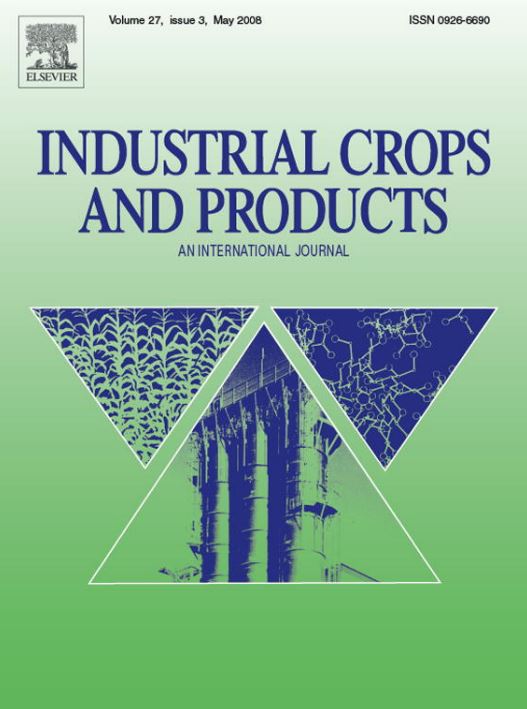Abstract
A limited number of studies have examined how drying conditions affect the cannabinoid and terpene content in cannabis inflorescences. In the present study, we evaluated the potential of controlled atmosphere drying chambers for drying medicinal cannabis inflorescence. Controlled atmosphere drying chambers were found to reduce the drying and curing time by at least 60% compared to traditional drying methods, while preserving the volatile terpene content. On the other hand, inflorescences subjected to traditional drying were highly infested by Alternaria alternata and also revealed low infestation of Botrytis cinerea. In the high-THC chemovar (“240”), controlled N2 and atm drying conditions preserved THCA concentration as compared to the initial time point (t0). On the other hand, in the hybrid chemovar (“Gen12”) all of the employed drying conditions preserved THCA and CBDA content. The optimal drying conditions for preserving monoterpenes and sesquiterpenes in both chemovars were C5O5 (5% CO2, 5% O2, and 90% N2) and pure N2, respectively. The results of this study suggest that each chemovar may require tailored drying conditions in order to preserve specific terpenes and cannabinoids. Controlled atmosphere drying chambers could offer a cost-effective, fast, and efficient drying method for preserving cannabinoids and terpenes during the drying process while reducing the risk of mold growth.




